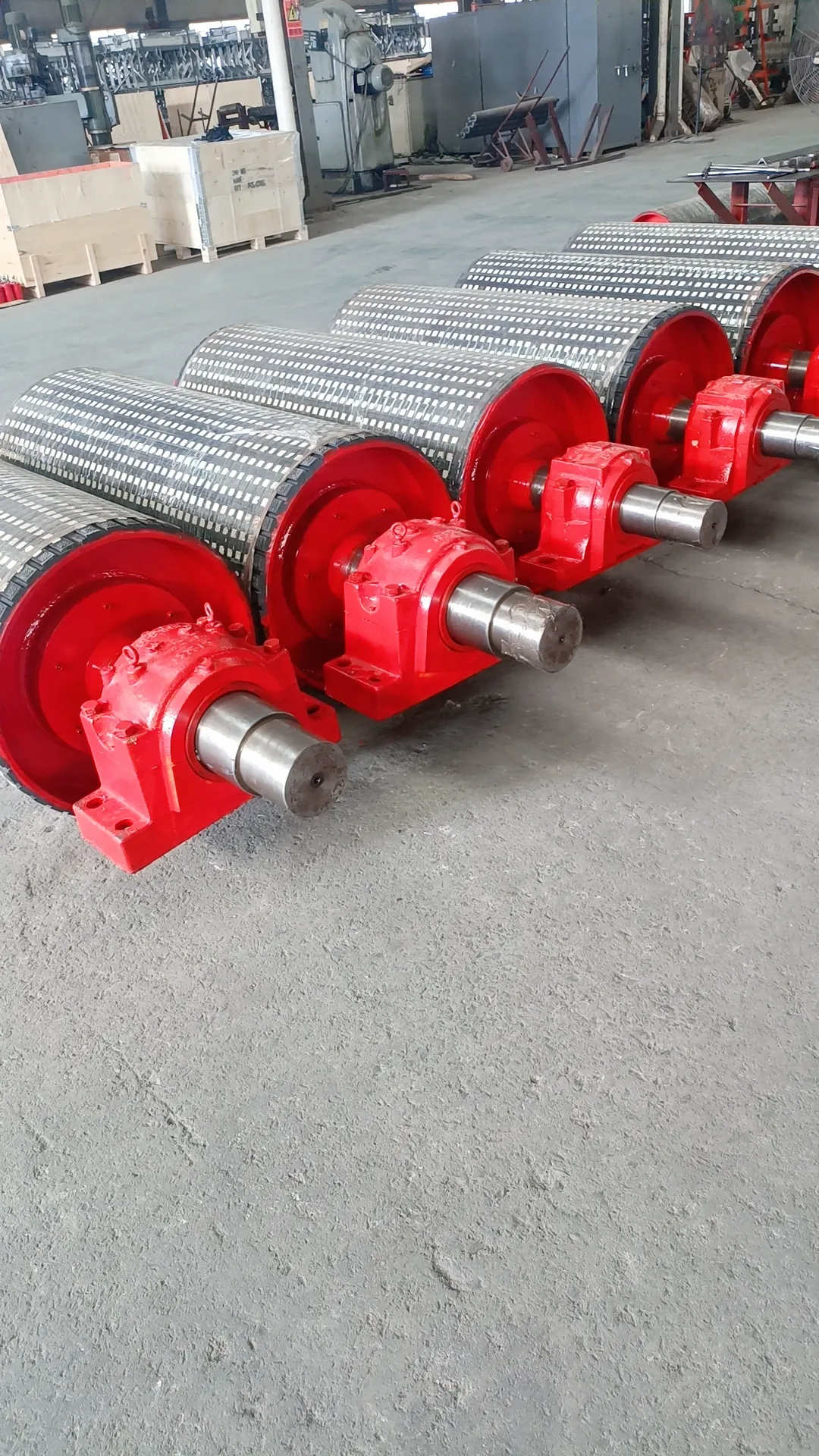 Afrikaans
Afrikaans  Albanian
Albanian  Amharic
Amharic  Arabic
Arabic  Armenian
Armenian  Azerbaijani
Azerbaijani  Basque
Basque  Belarusian
Belarusian  Bengali
Bengali  Bosnian
Bosnian  Bulgarian
Bulgarian  Catalan
Catalan  Cebuano
Cebuano  Corsican
Corsican  Croatian
Croatian  Czech
Czech  Danish
Danish  Dutch
Dutch  English
English  Esperanto
Esperanto  Estonian
Estonian  Finnish
Finnish  French
French  Frisian
Frisian  Galician
Galician  Georgian
Georgian  German
German  Greek
Greek  Gujarati
Gujarati  Haitian Creole
Haitian Creole  hausa
hausa  hawaiian
hawaiian  Hebrew
Hebrew  Hindi
Hindi  Miao
Miao  Hungarian
Hungarian  Icelandic
Icelandic  igbo
igbo  Indonesian
Indonesian  irish
irish  Italian
Italian  Japanese
Japanese  Javanese
Javanese  Kannada
Kannada  kazakh
kazakh  Khmer
Khmer  Rwandese
Rwandese  Korean
Korean  Kurdish
Kurdish  Kyrgyz
Kyrgyz  Lao
Lao  Latin
Latin  Latvian
Latvian  Lithuanian
Lithuanian  Luxembourgish
Luxembourgish  Macedonian
Macedonian  Malgashi
Malgashi  Malay
Malay  Malayalam
Malayalam  Maltese
Maltese  Maori
Maori  Marathi
Marathi  Mongolian
Mongolian  Myanmar
Myanmar  Nepali
Nepali  Norwegian
Norwegian  Norwegian
Norwegian  Occitan
Occitan  Pashto
Pashto  Persian
Persian  Polish
Polish  Portuguese
Portuguese  Punjabi
Punjabi  Romanian
Romanian  Russian
Russian  Samoan
Samoan  Scottish Gaelic
Scottish Gaelic  Serbian
Serbian  Sesotho
Sesotho  Shona
Shona  Sindhi
Sindhi  Sinhala
Sinhala  Slovak
Slovak  Slovenian
Slovenian  Somali
Somali  Spanish
Spanish  Sundanese
Sundanese  Swahili
Swahili  Swedish
Swedish  Tagalog
Tagalog  Tajik
Tajik  Tamil
Tamil  Tatar
Tatar  Telugu
Telugu  Thai
Thai  Turkish
Turkish  Turkmen
Turkmen  Ukrainian
Ukrainian  Urdu
Urdu  Uighur
Uighur  Uzbek
Uzbek  Vietnamese
Vietnamese  Welsh
Welsh  Bantu
Bantu  Yiddish
Yiddish  Yoruba
Yoruba  Zulu
Zulu Feb . 16, 2025 03:58
Back to list
types of belt cleaners
Belt cleaners are a vital component in the conveyor belt systems across various industries, ensuring efficient material handling by removing residue and preventing buildup, which mitigates maintenance costs and extends the conveyor belt's operational life. Understanding the different types of belt cleaners, along with their applications and benefits, is crucial for selecting the right product suited to specific industrial needs.
Another crucial variant is the V-Plow belt cleaner, a unique model designed to prevent material buildup on return belts. Installed on the underside of the return belt, these plows are particularly useful in protecting tail pulleys from debris and thus preventing potential malfunctions and increasing the lifespan of the conveyor system. V-Plows are versatile and essential for systems where minimizing maintenance interruptions is vital. In industries where maintenance access is limited or safety is a concern, self-adjusting belt cleaners, which automatically calibrate to maintain optimal tension and contact with the belt, are recommended. This adaptation reduces the need for manual adjustments, enhancing both the safety and efficiency of operations. While choosing belt cleaners, factors such as the type of material being conveyed, belt speed, and belt width must be considered. It's also crucial to assess the environmental conditions, such as temperature and humidity, which may affect the cleaner’s performance and durability. Investing in the right belt cleaner saves costs in the long run by extending the life of the belt, enhancing system efficiency, and reducing maintenance requirements. Industries ranging from mining and quarrying to food processing trust belt cleaners to keep conveyor systems running smoothly, optimizing production lines and ensuring safety standards are met. In summary, understanding the diverse types of belt cleaners—each with unique features suited to different operational needs—is key to implementing an effective belt cleaning strategy. From primary and secondary cleaners to specialized products like V-Plows and brush cleaners, the right choice ensures maximum efficiency, longevity, and reliability of conveyor systems, emphasizing the need for expertise and professional consultation in the field for optimal results.


Another crucial variant is the V-Plow belt cleaner, a unique model designed to prevent material buildup on return belts. Installed on the underside of the return belt, these plows are particularly useful in protecting tail pulleys from debris and thus preventing potential malfunctions and increasing the lifespan of the conveyor system. V-Plows are versatile and essential for systems where minimizing maintenance interruptions is vital. In industries where maintenance access is limited or safety is a concern, self-adjusting belt cleaners, which automatically calibrate to maintain optimal tension and contact with the belt, are recommended. This adaptation reduces the need for manual adjustments, enhancing both the safety and efficiency of operations. While choosing belt cleaners, factors such as the type of material being conveyed, belt speed, and belt width must be considered. It's also crucial to assess the environmental conditions, such as temperature and humidity, which may affect the cleaner’s performance and durability. Investing in the right belt cleaner saves costs in the long run by extending the life of the belt, enhancing system efficiency, and reducing maintenance requirements. Industries ranging from mining and quarrying to food processing trust belt cleaners to keep conveyor systems running smoothly, optimizing production lines and ensuring safety standards are met. In summary, understanding the diverse types of belt cleaners—each with unique features suited to different operational needs—is key to implementing an effective belt cleaning strategy. From primary and secondary cleaners to specialized products like V-Plows and brush cleaners, the right choice ensures maximum efficiency, longevity, and reliability of conveyor systems, emphasizing the need for expertise and professional consultation in the field for optimal results.
Next:
Latest news
-
Revolutionizing Conveyor Reliability with Advanced Rubber Lagging PulleysNewsJul.22,2025
-
Powering Precision and Durability with Expert Manufacturers of Conveyor ComponentsNewsJul.22,2025
-
Optimizing Conveyor Systems with Advanced Conveyor AccessoriesNewsJul.22,2025
-
Maximize Conveyor Efficiency with Quality Conveyor Idler PulleysNewsJul.22,2025
-
Future-Proof Your Conveyor System with High-Performance Polyurethane RollerNewsJul.22,2025
-
Driving Efficiency Forward with Quality Idlers and RollersNewsJul.22,2025
OUR PRODUCTS





























